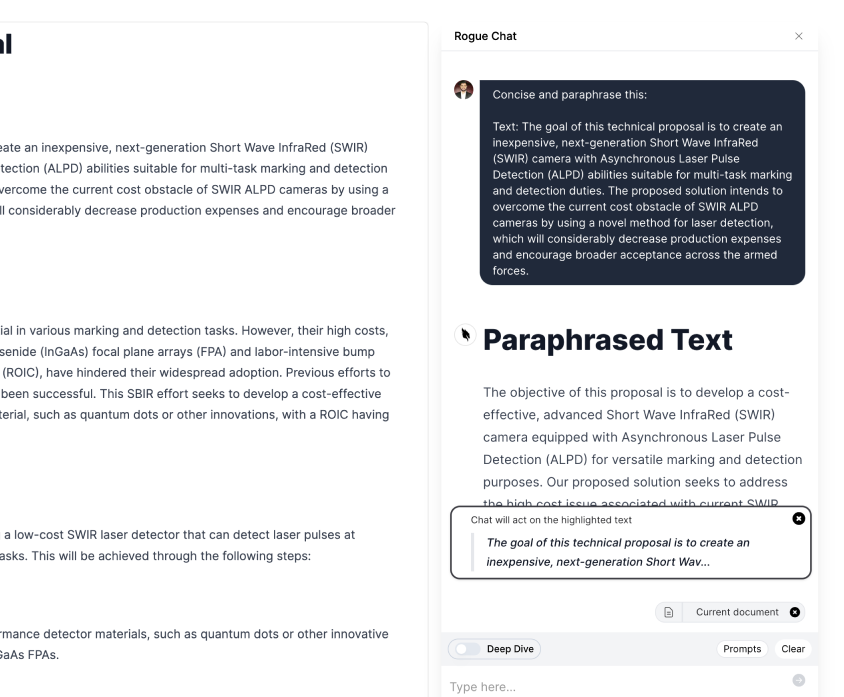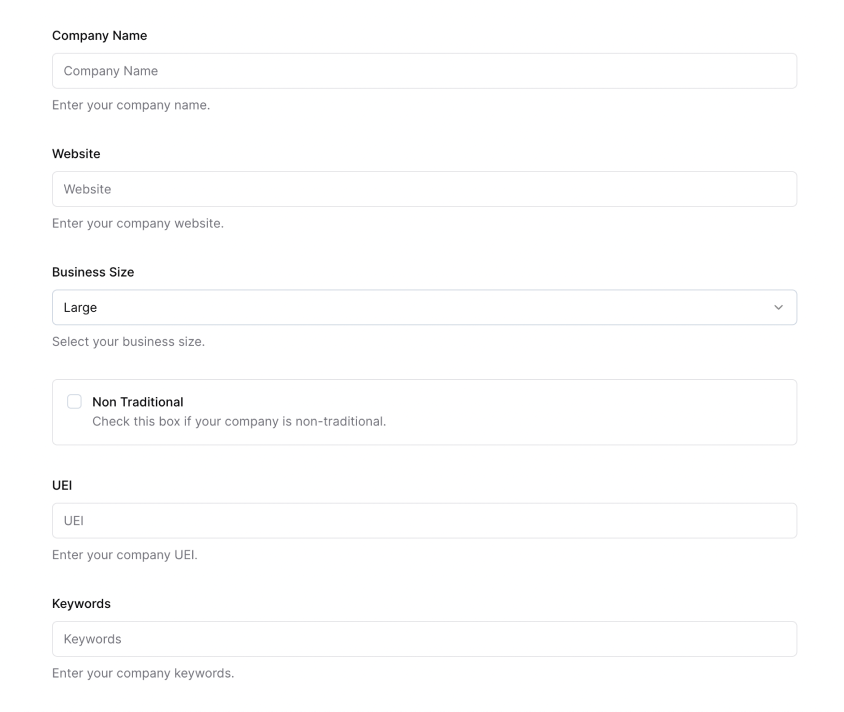
3.0 The Government Archipelagos
Ever wonder how the COCOMs, Services, and operational Commands work together? Yeah, so does everyone else.
eSo you think you know about the Valley.
Much like Quantum Mechanics, if you think you know a lot about it, you're just scratching the surface.
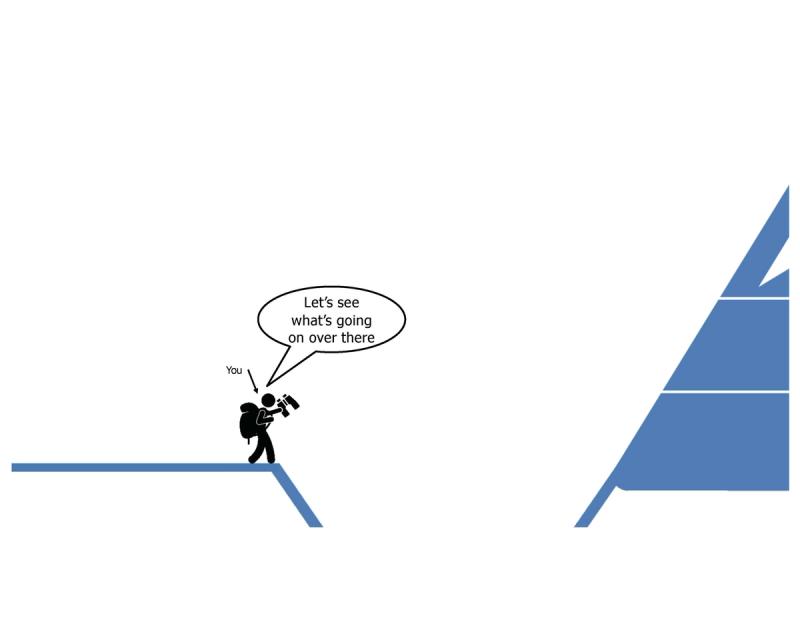
Because there isn't just ONE valley, in reality there's a whole series of disconnect islands, each with an important role the play.
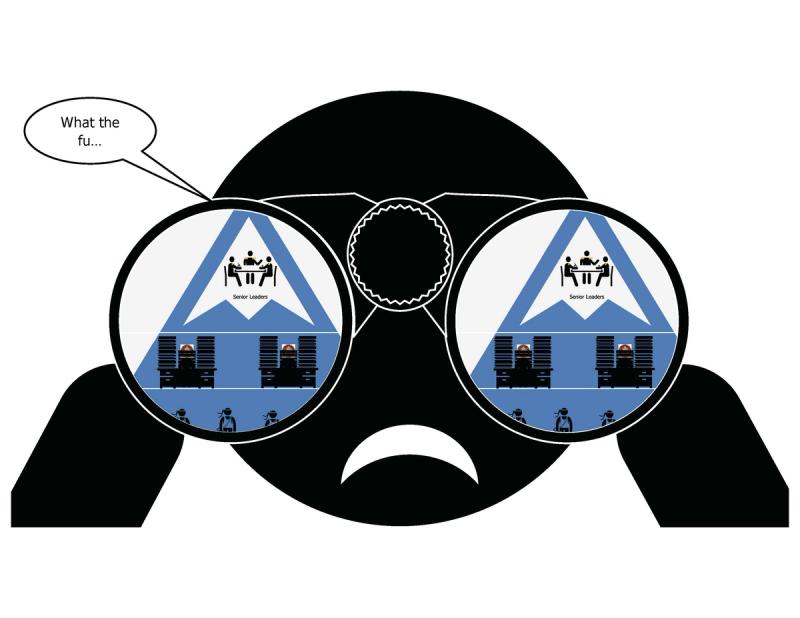
Each island has it's own mountain (i know, we're stretching the limited of mixed metaphors, but you'll live), and you may scale an entire mountain, only to find that it's just not enough.
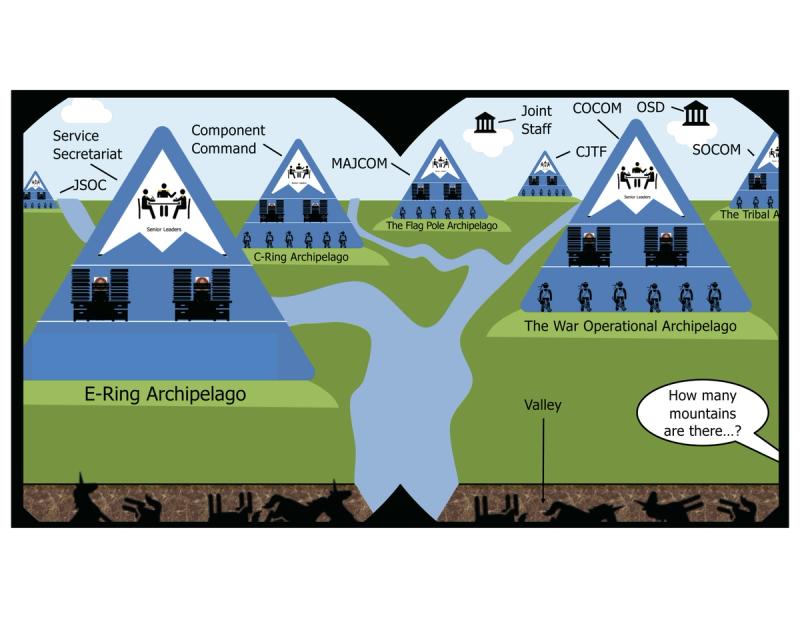
Fear not weary unicorn peddler, it all sort of makes sense.
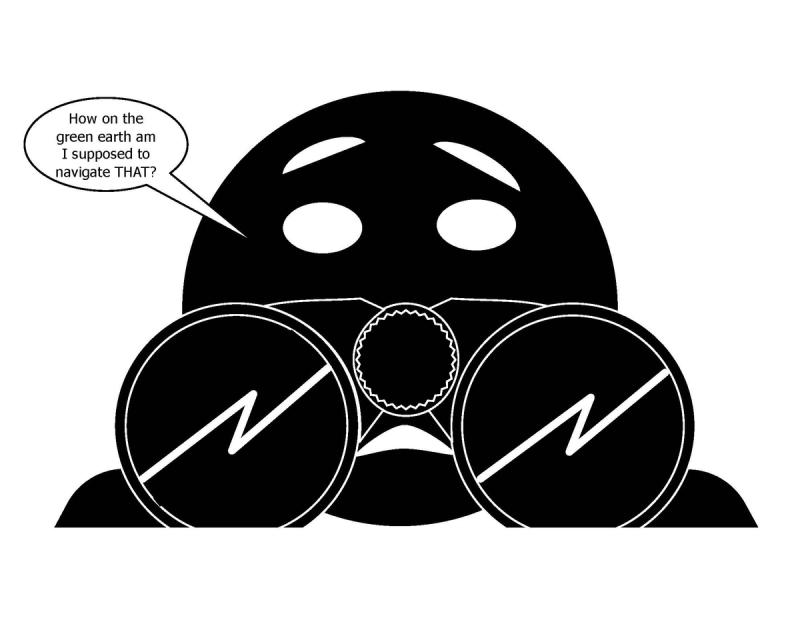
Let's start at the beginning with some beautiful, formal, official charts.
So you have the Sec Def, they're in charge. I'm sure you know about the whole "civil control of the military" thing.
Under them are the Service Secretaries and their secretariates.
Under them are the Chiefs of Staff of the Services (Army, Navy, Air Force, Marine Corps, Space Force).
Note, the USMC works for the Sec Nav and the USSF works for Sec AF.
THEN, there's the Combatant Commands.
So...how do all of these groups relate in the context of buying stuff?
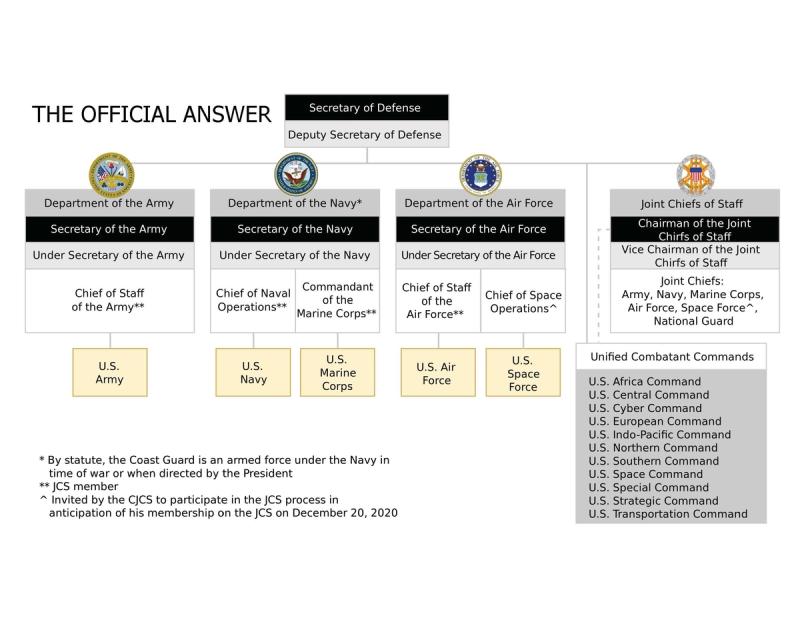
Easy, it's like this:

Seriously, this is a diagram in an official document (CJCSI 3031).
I'm not going to delve into the mechanics of Defense Planning Guidance (DPG), Global Force Management Implementation Guidance (GFMIG), and Guidance for the Employment of the Force (GEF).
Let's stay high level with it.
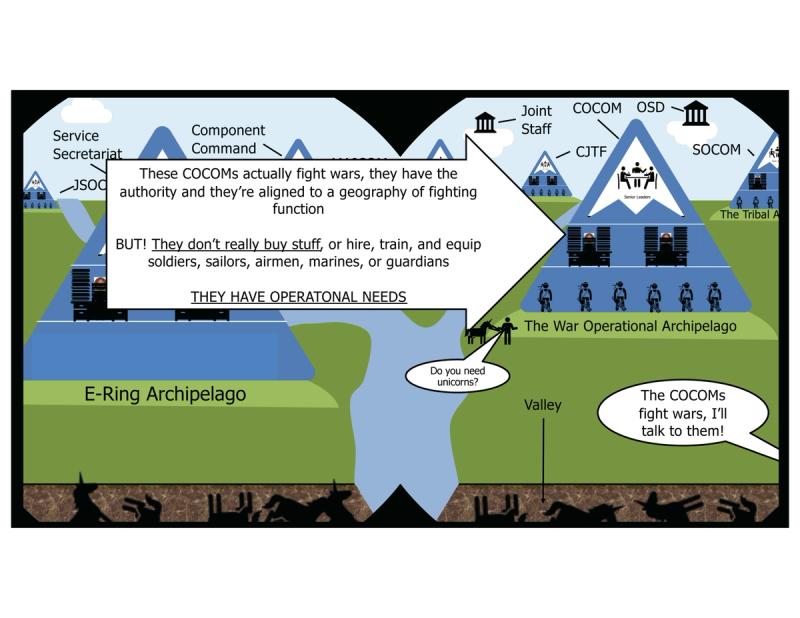
No one can fight but COCOMs.
Half of the COCOMs are regionally aligned (Europe, South America, etc) the other half are more functionally aligned (Strategic capabilities, transportation, etc).
While COCOMs fight wars and such, they DON'T BUY THINGS.
They also don't have their own native troops.
what they have is missions, handed down by the president and the Sec Def.
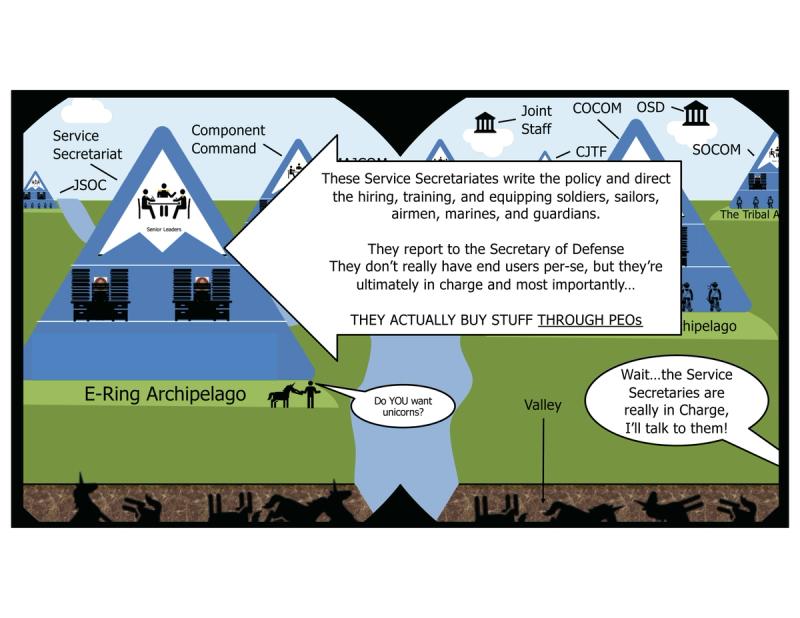
It's the job of the service components, led by the Secretariates to buy things and organize people.
This my friends is where the mythical Program Executive Offices (PEOs) live, within PEOs are Program Managers, which manage programs, which get budgets, to buy stuff.
What do they buy, you ask?
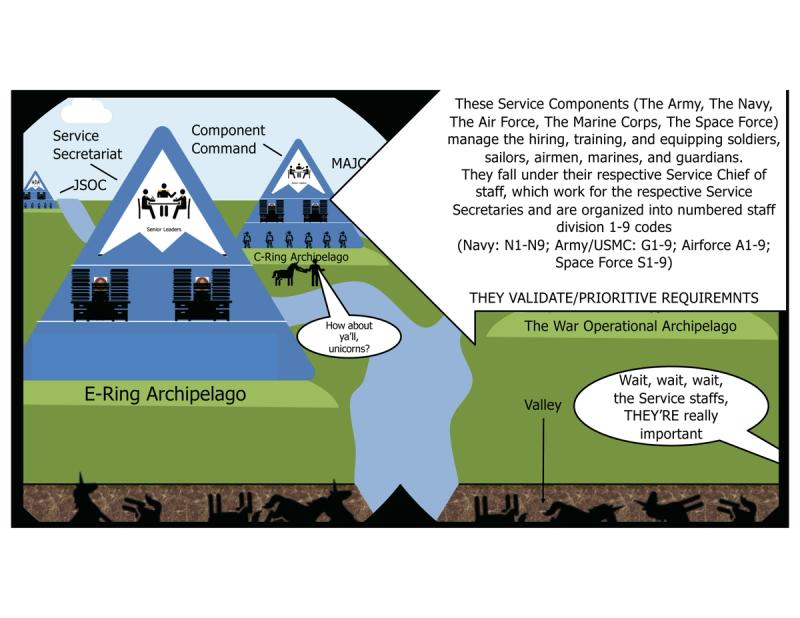
What the Service Staffs, those folks who report to the Service Chiefs of Staff, tell them to buy.
The Service Staffs validate and consolidate requirements that they receive from the operational commands.
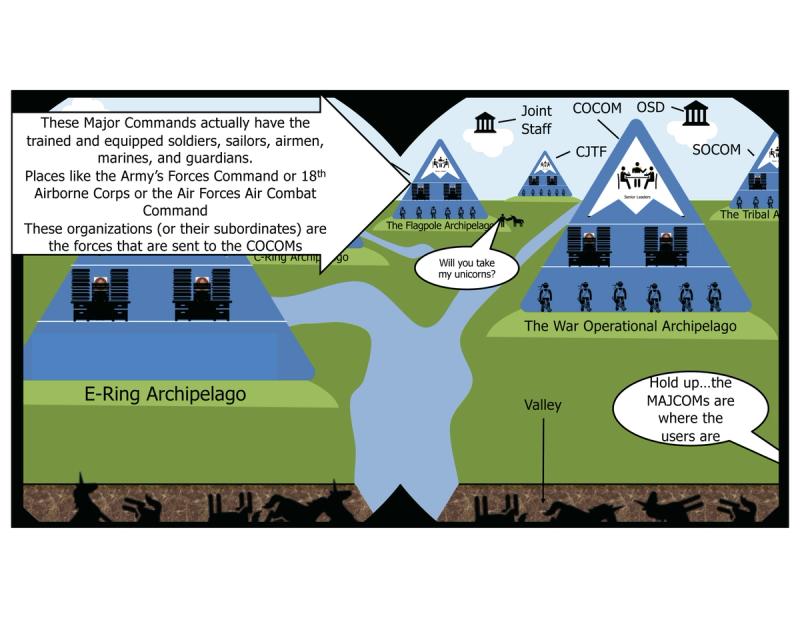
Those commands are where the real soldiers, sailors, airmen, marines, and guardians live. Think the 82nd Air Borne Division, which falls under 18th Air Borne Corps, which falls under Forces Command, which is a major army command.
These are the folks who get sent to the COCOMs to fight wars.
These are the folks for whom the Service Secretariate buy stuff.
These are the folks who have operational needs that the Service staffs validate into formal requirements.
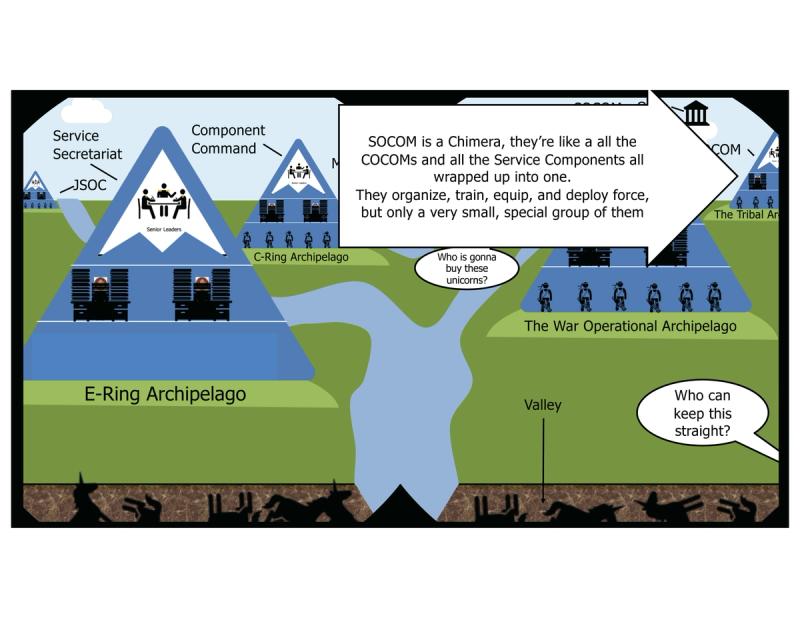
Sounds simple right? Didn't think so.
But I'm not done.

You would like to think as these major elements as integrated monoliths.
Why not, they are folks about as such, "EUCOM did thus and such" and "PACOM wants more CJADC2".

But they're not monoliths.
They are "silos of excellence".
Each shop in a COCOM has a job to do.
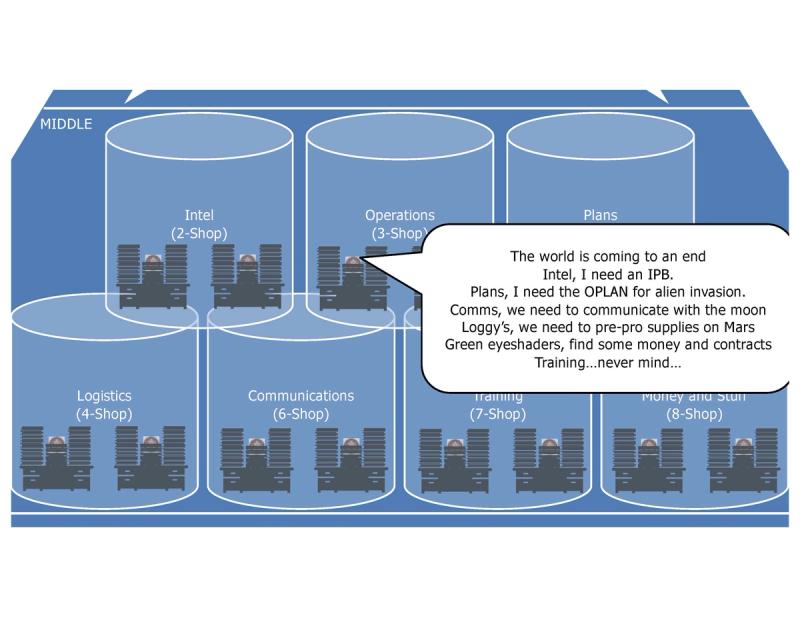
Arguably the operations shop is the most important. The "3 shop" run current operations, namely fighting or getting ready to fight the current fight.

The other shops arguably support the functions of the 3 shop.
that said, when it comes to capabilities, your "thing" may not be relevant to the 3 shop.
Is it a communications system? that's the 6 shop.
Does it have to do with ISR? that's probably the 2 shop.
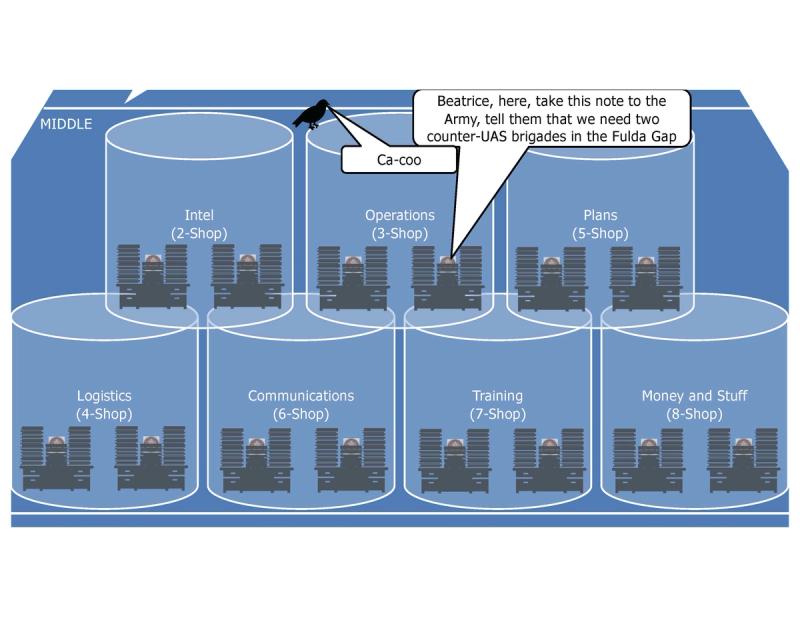
When a COCOM needs capabilities, they have to send a request to the Services to provide support.
By capabilities, that is likely not a specific "I need a death ray machine here".
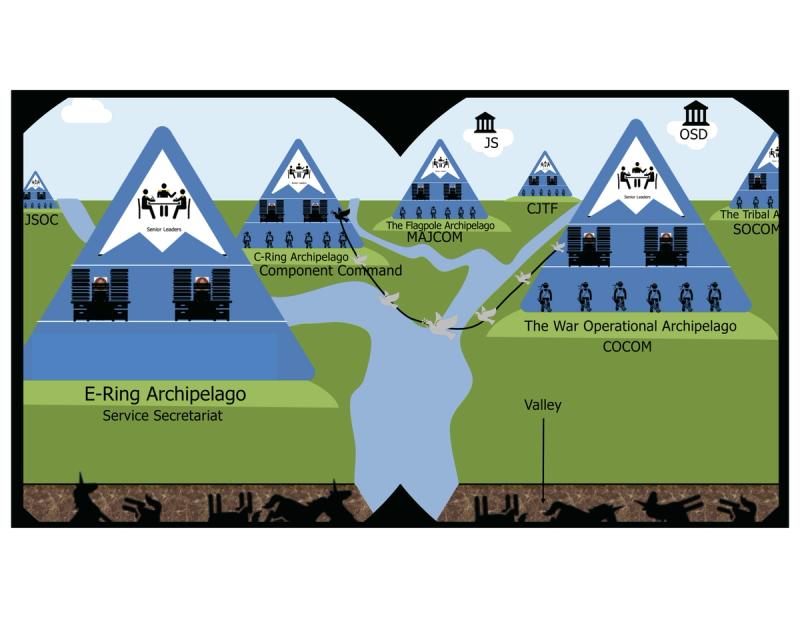
Keep in mind, the Services have their own silos of excellence, and if you've never been in the pentagon, these silos could be a 10 minute walk away from one another in the same building.

Now, just because a COCOM asks for something, it does not mean said request will be fulfilled. There is a national defense strategy and a national military strategy. There are strategic priorities, and as you might guess, resources (people, dollars, stuff) goes to those with the highest priorities.

Today, INDOPACOM is arguably the most important COCOM, not hard to figure out why. They are followed closely by EUCOM...then there's everyone else.
These are not static rankings, even though they don't change very often.
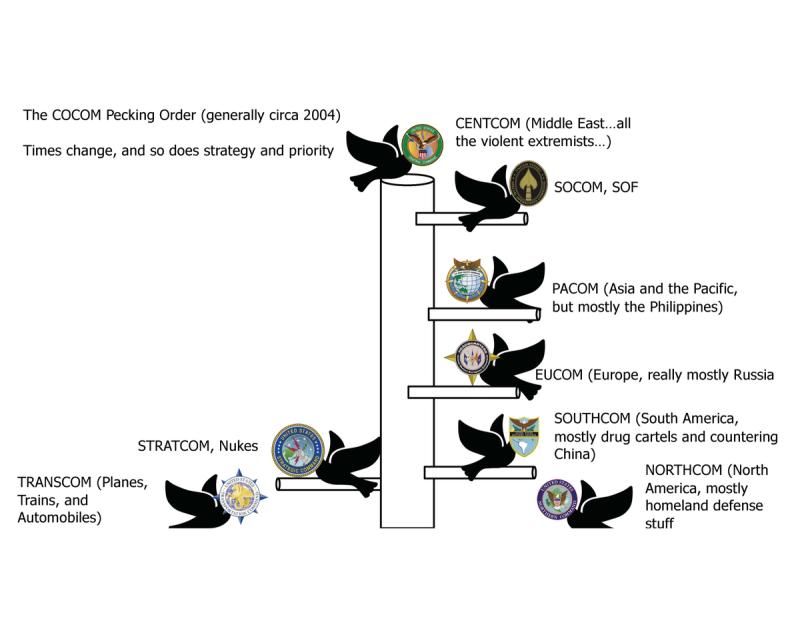
For instance, not that long ago CENTCOM and SOCOMs were the only commands that mattered.
Times change, priorities change, threats change. Nowadays SOCOM and CENTCOM are marginalized, but not nearly and marginalized as SOUTHCOM and NORTHCOM.
So...here's how this sort of works.
Missions, priorities and strategies are set for the COCOMs.
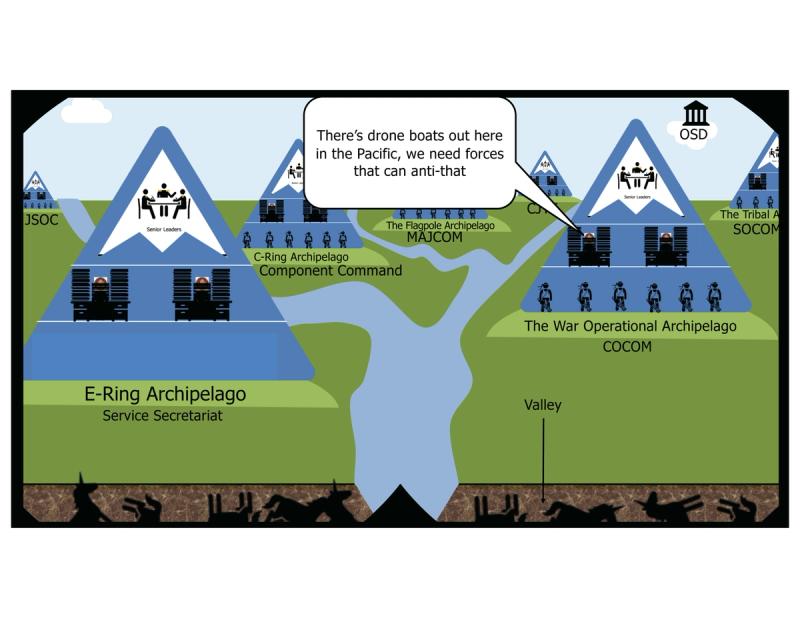
The COCOMs communicate what they need to fulfill those missions (people, capabilities, etc.)

The Service Staffs validate and rank the requirements.

The Service Secretariates take those priorities and allocate investments in R&D and procurements.
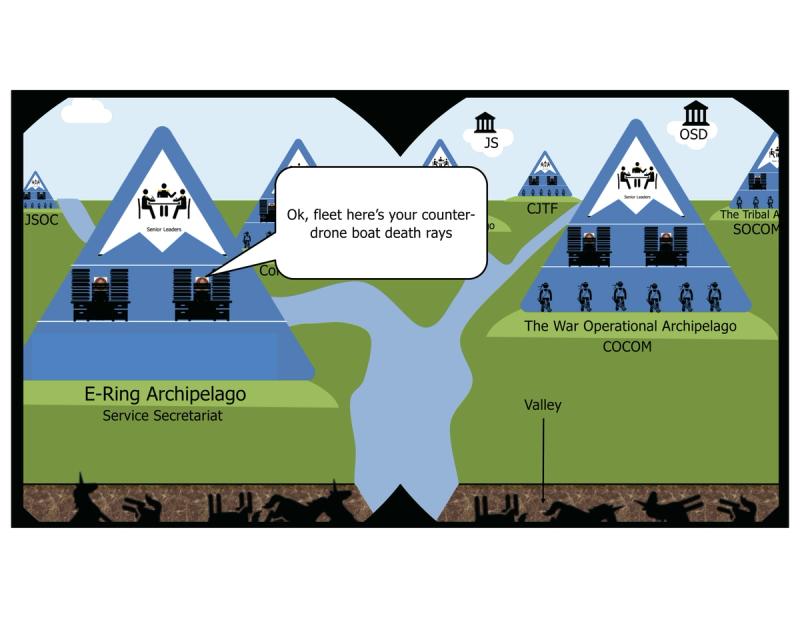
Those PMs and PEOs provide the capabilities to the operational forces in the operaitonal commands.
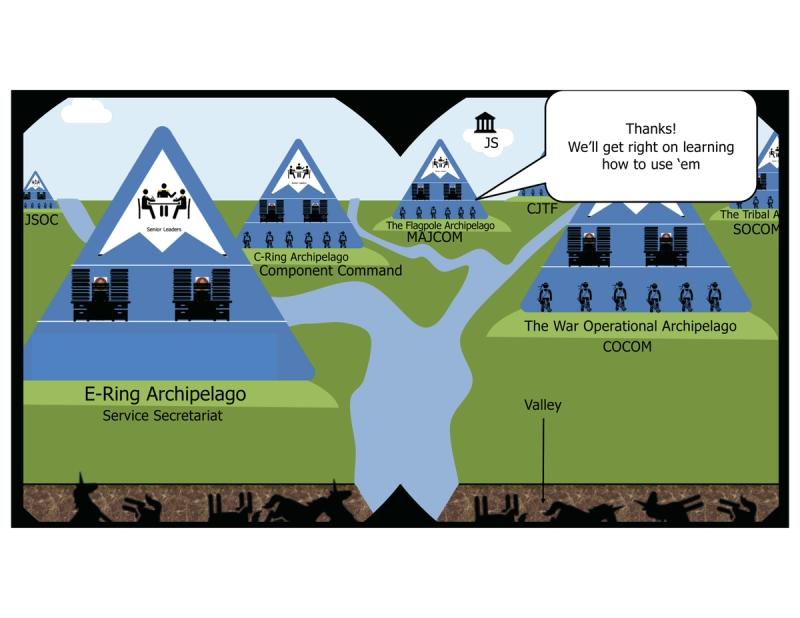
Those operational forces train and equip with the new tech.

Then the Services apportion and deploy the forces to the COCOMs.
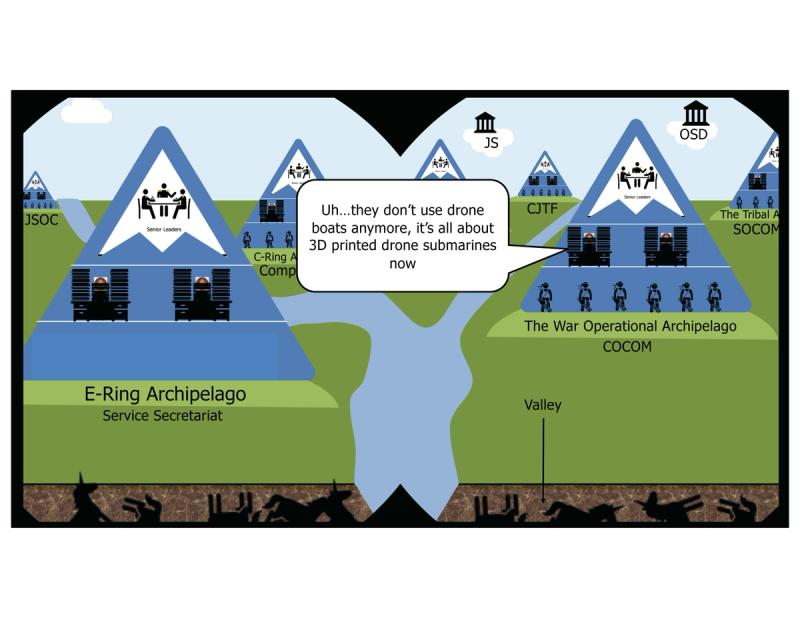
So what does this mean for you, lets get to brass tacks:
1. Some COCOMs are more important than others, so take that for what it is, building demand signal with PACOM matters a lot more than SOUTHCOM.
2. COCOMs don't have money, so build all the demand signal you can, but it needs to be pushed up to the Services through operaitonal forces.
3. PEOs spend the money, but they spend money on validated requirements, which come through the Service staffs, from the operational forces.

At the end of the day, know who you're talking to, where they sit in the island chains, and what role they play in helping you sell your unicorns.
Sign up for Rogue today!
Get started with Rogue and experience the best proposal writing tool in the industry.

